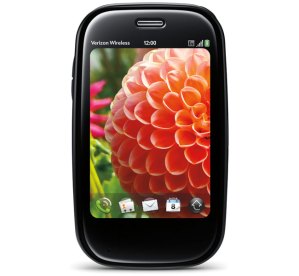
Smartphone maker Palm has released financial results for its third fiscal quarter of 2010…and the numbers are not encouraging. Although the company reported that it shipped some 960,000 smartphones to distributors and retailers in the quarter ended February 26, it actually only sold 480,000 smartphones during the same period. The number of units shipped is actually a year-on-year gain of 23 percent, however, the number of phones sold represents a 29 percent decline in sales. The disappointing numbers fall a few weeks after Palm warned investors that sales to consumers from mobile phone operators were lower than what the company had expected.
“Our recent underperformance has been very disappointing, but the potential for Palm remains strong,” said Palm chairman and CEO Jon Rubinstein, in a statement. “The work we’re doing to improve sales is having an impact, we’re making great progress on future products, and we’re looking forward to upcoming launches with new carrier partners. Most importantly, we have built a unique and highly differentiated platform in webOS, which will provide us with a considerable—and growing—advantage as we move forward.”
Palm’s revenue for the quarter actually beat its forecasts: the company brought in $350 million. However, that actually translated to a less of $22 million—and the impact of its falling stock price were excluded, Palm’s loss for the quarter would have been over $100 million.
Palm was the first company to successfully market PDAs, and was a major player in in the early smartphone market; however, the company has been betting its life on devices built around its new webOS. Although webOS has generally been well-received—despite an arms race with Apple over Palm devices that identify themselves to iTunes as if they were iPods—Palm has not been able to generate stellar sales in the face of competition from BlackBerry, Apple, and Android-based devices.


